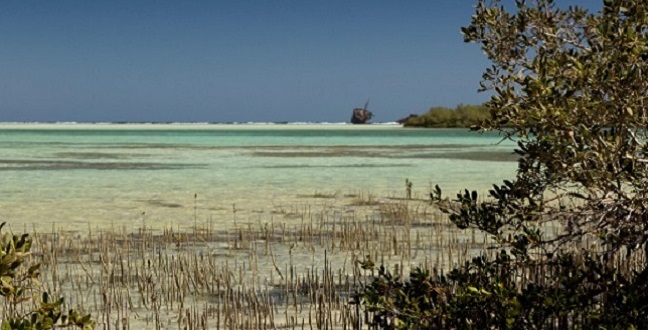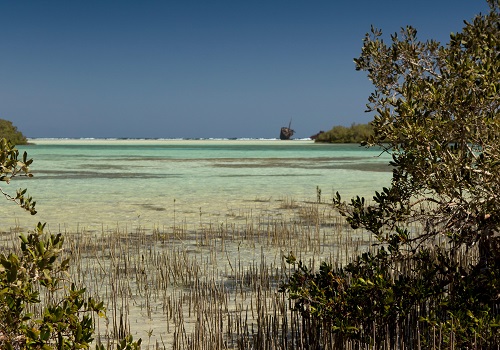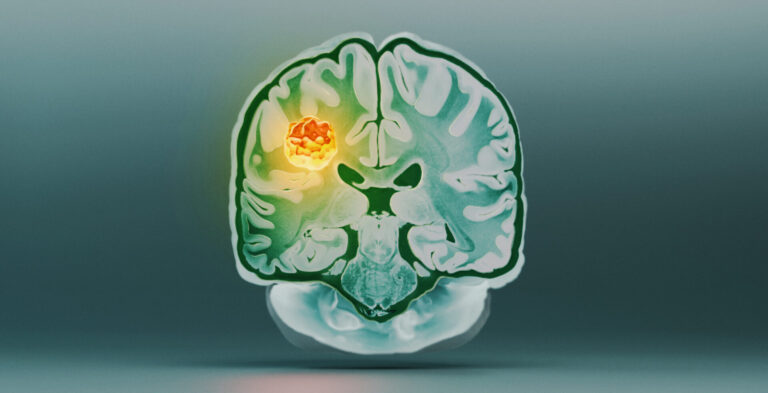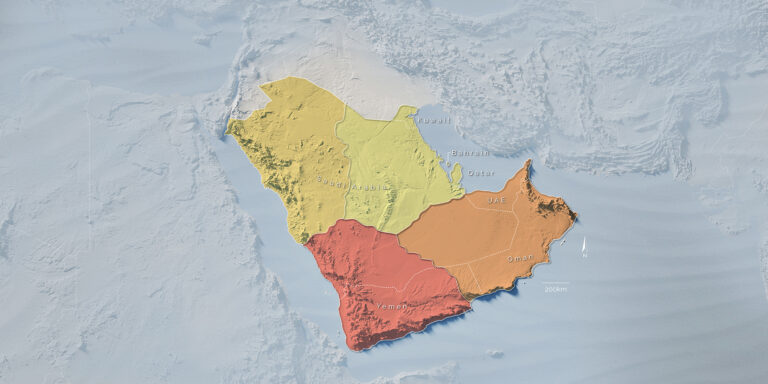Applied Mathematics and Computational Sciences
The bioprospects of mangrove roots
Researchers uncover a potential treasure trove of microbes living with mangroves.


Identifying and understanding the bacteria in these mangrove areas may help address problems in other contaminated ecosystems.
© 2016 Alamy EP5M82
The microbial community around mangrove roots is crucial for the plants’ ability to cope with stresses in their environment. A research team from KAUST shows it may be possible to use the bacteria associated with the gray mangrove Avicennia marina to help other stressed or damaged ecosystems.
The team from University’s Computational Bioscience Research Center collected samples in the northern Red Sea region of sediments near mangrove roots (the rhizosphere) and from areas without mangroves. After sequencing the DNA found in the sediments, they analyzed the data with a collection of computational tools, including the Automatic Annotation of Microbial Genomes at KAUST, which is optimized for metagenomics data.
This custom-built platform was developed by Intikhab Alam, a member of the team led by Vladimir Bajic, a senior author of this study. The study revealed that the microbial population in the rhizosphere was enriched in bacteria from particular taxonomic and functional groups, leading to greater breakdown of aromatic hydrocarbons, increased potassium metabolism and more mobile genetic elements in the community.
The researchers believe that these changes result from mangroves releasing certain chemicals to attract microbes that can assist in coping with stress. For example, bacteria that manipulate the levels of potassium and other chemicals can help the plants maintain their water balance in a salty environment. Similarly, bacteria that break down hydrocarbons can reduce toxic contaminants around the roots.
The study’s detection of bacteria that metabolize hydrocarbons also suggests that the soil around the mangroves has been contaminated with oil.
“We thought that was strange because the mangrove sites looked quite pristine, but our results suggest the opposite,” said Magbubah Essack, a KAUST research scientist and one of the lead authors of the study.
The researchers believe that level of contaminants might be relatively low and speculate that the hydrocarbons might come from leaks in boats or seepage from construction in the area.
Essack hopes that identifying and understanding the bacteria in these ecosystems will help address problems elsewhere.
“These communities very likely inhabit locations where we could bioprospect for bacteria that could be used for bioremediation,” she said.
Bacteria growing in hydrocarbon-contaminated areas also tend to produce more antibiotics, so bioprospecting might yield bacteria that produce novel antibiotics as well. The team is currently trying to isolate these bacteria and extend their study to other mangrove populations in Saudi Arabia.
References
- Alzubaidy, H., Essack, M., Malas, T., Bokhari, A., Motwalli, O., et al. Rhizosphere microbiome metagenomics of gray mangroves (Avicennia marina) in the Red Sea. Gene 576, 626-636 (2016).| article
You might also like

Applied Mathematics and Computational Sciences
Bringing an old proof to modern problems

Applied Mathematics and Computational Sciences
Accounting for extreme weather to boost energy system reliability

Applied Mathematics and Computational Sciences
Past and future drought patterns across the Arabian Peninsula

Applied Mathematics and Computational Sciences
New pattern for underwater resonators

Applied Mathematics and Computational Sciences
Finer forecasting to improve public health planning

Applied Mathematics and Computational Sciences
Global look at sex differences in young people's mortality

Applied Mathematics and Computational Sciences
Going likelihood-free with neural networks

Applied Mathematics and Computational Sciences



